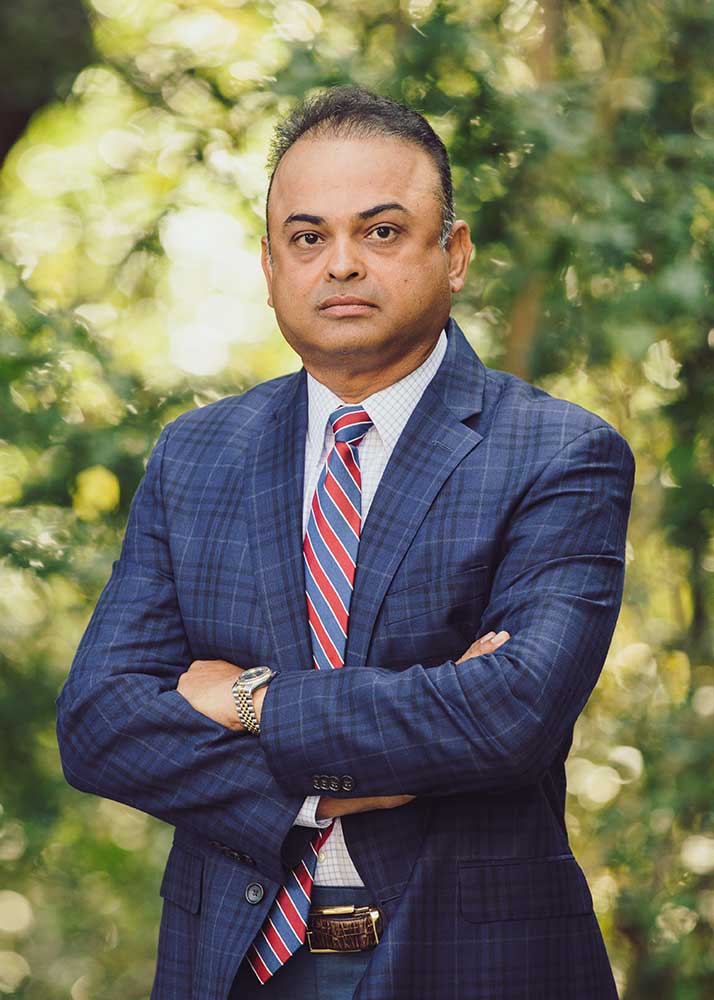Multi-Vehicle Accidents: Who’s At Fault?
The people involved in a recent 3-car crash in Spartanburg were lucky to make it out alive; multi-vehicle crashes, in which more than two vehicles are involved, are much less common than one- and two-car crashes but have a higher fatality rate. In fact, according to the NHTSA, 40% of motor vehicle fatalities occur in multi-vehicle crashes.
After a multi-vehicle crash, the question is: Who is at fault? Knowing that will determine whose insurance must pay damages and how much. Determining fault can be challenging in the simplest of accidents, and the more drivers involved, the more complicated it gets.
How fault is determined in a multi-car accident
As in any motor vehicle accident, it’s necessary to know both the local traffic laws and what happened in the accident to determine fault. A combination of forensic evidence, eyewitness testimony, and, if available, police reports and video recordings can be used to help determine who caused the accident.
Occasionally, the fault in multi-car accidents is evenly spread among the drivers. However, it’s more common for one driver to be the main cause of the accident.
One of the most common types of multi-vehicle accidents occurs when the lead driver slows down or stops suddenly, causing the car behind to rear-end them, and the car behind them to rear-end them, and so on, causing a chain reaction of fender benders. In this example, the first driver is partly responsible, but the other drivers may be found partly responsible, too.
What comparative negligence in South Carolina means for you
South Carolina recognizes something called “comparative negligence,” which divides up responsibility between parties. For example, in a five-car pile-up, the lead driver may be found to be 60% responsible, while the other four drivers are found to each be 10% responsible. The total is 100%. If the total damages were found to be $100,000, then the lead driver would be responsible for paying $60,000.
Under this rule, if you are found to be partly responsible, you may still be able to collect damages as long as your portion of negligence isn’t larger than the combined negligence of the other drivers involved.
How are the percentages determined? It’s not an exact science. Each party presents their case, and then the jury decides how much negligence to assign to each person after hearing the arguments. Typically, each party will try to show both that they were not negligent (or at least not as negligent as the other drivers) and that the other drivers were negligent.
Contact the personal injury attorneys at The Carolina Law Group
If you’ve been involved in a multi-vehicle accident, speak with a personal injury attorney. An experienced attorney can advise you of your rights and help you determine the best way forward to recover the compensation you deserve. In multi-vehicle accidents, that may involve suing multiple parties.
The Carolina Law Group has four offices across South Carolina for your convenience: Greenville (principal office; call 864.312.4444), West Greenville (864.312.4444), Greer (principal office; call 864.757.5555), and Spartanburg (principal office; call 864-757-5555). Call today.
Source: https://crashstats.nhtsa.dot.gov/Api/Public/ViewPublication/811162




